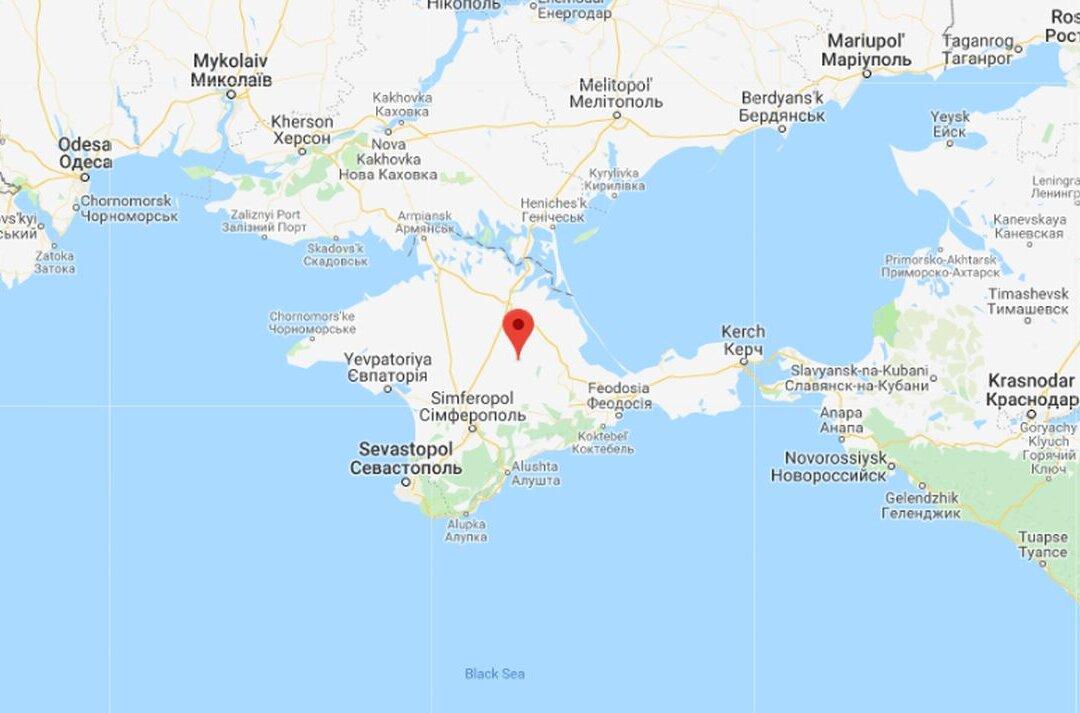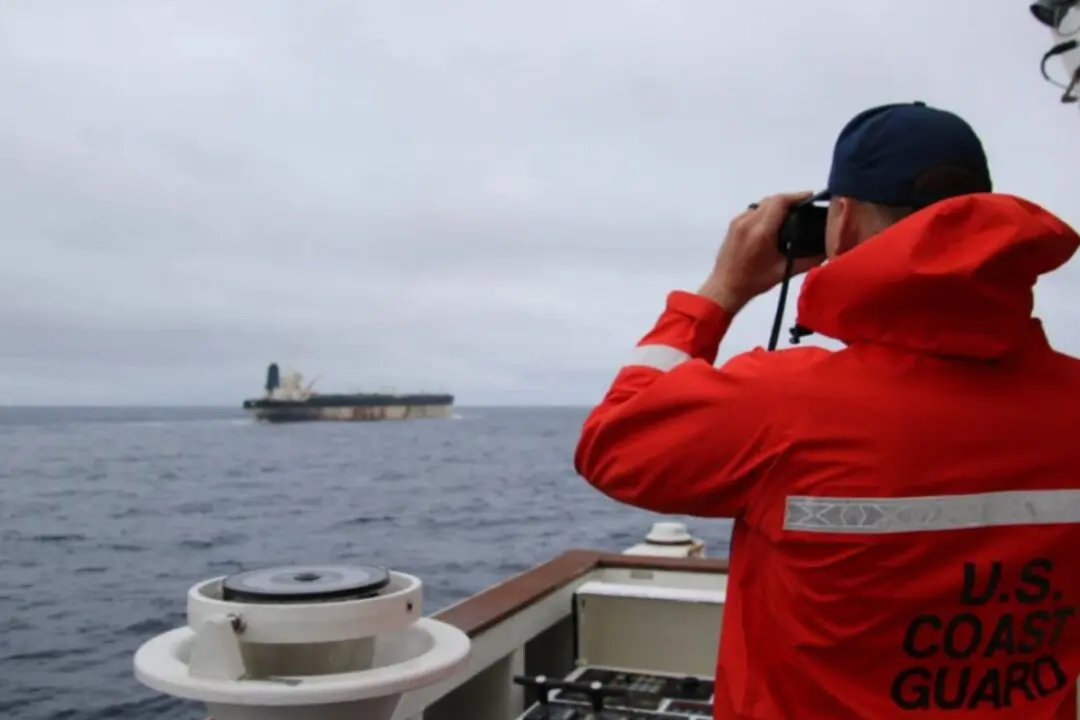A 2,000-year-old skeleton of a toddler was discovered in the eastern part of the Crimean Peninsula, and researchers found that the boy had a cranial deformation.
Scientists from the Archaeology Fund, a group that organizes digs across Central Russia, Crimea, and Northern Africa, described the finding as an “alien’s grave” due to the skull’s unusual shape, Russian state-backed media reported this week. However, a Russian scientist denied it was an alien.





